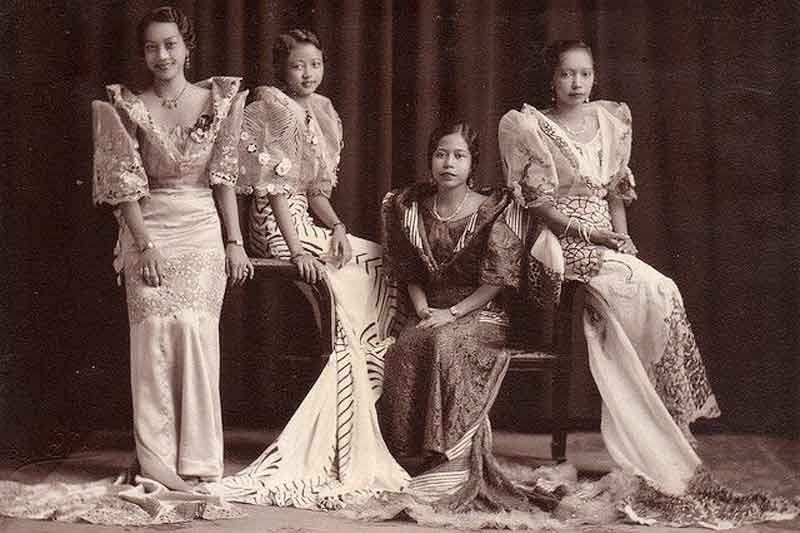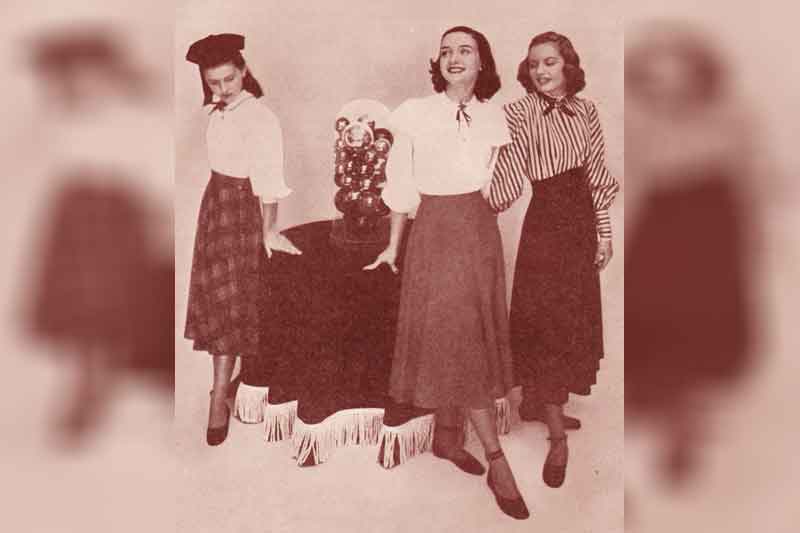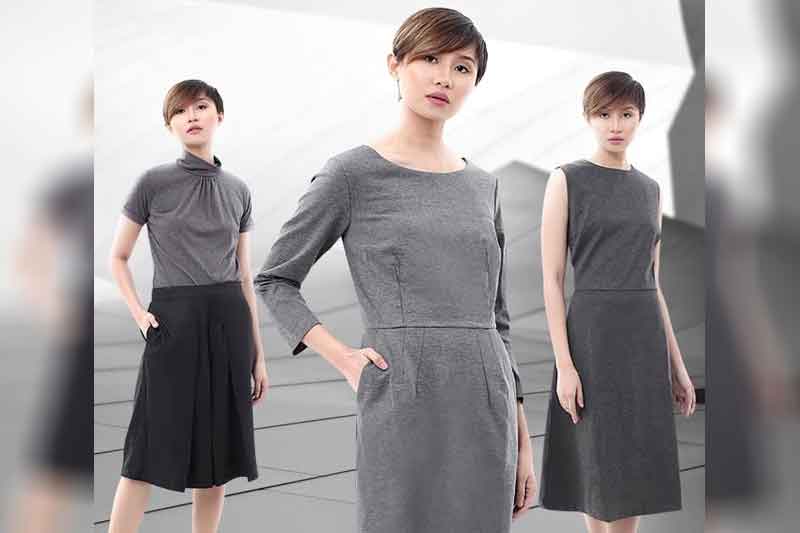The dressing down of the Philippines and what it means for your business

If you look at old photos of Manila from the 1920s and 1940s, you’ll be transported to a time when dressing was still symbolic and important. Men wore suits, barongs, or uniforms, and nearly all wore hats. The women wore dresses, and if you could magically colorize these black-and-white photos into their original hue, each scene might burst with vibrant reds, pinks, blues, greens, and violets. Manila had a certain sense of grandeur. The namesake we embraced at the time — the Pearl of the Orient — could rightfully refer to how we chose to walk out of our homes and present ourselves to the world.
Our fashion at the turn of the 20th century is notable because it’s a marked contrast to how we dress today. While modern Manila represents a smorgasbord of styles, there is one trend that is unmistakable: Filipinos are dressing down. Over the years, we have increasingly favored more casual clothing for occasions where we would have once opted for a more put-together attire. This was influenced by many factors. One catalyst is the birth of denim, which was invented by Jacob Davis and Levi Strauss in the mid-19th century to supply durable work clothing to miners and other Western laborers. What started out as staple workwear has become popular casual wear in the ’70s and beyond. Over time, the desire of people to express themselves and be comfortable contributed to the culture of dressing down, as we can also witness in the increasing casual use of sportswear during the last few years.
If you want to take a pulse on the phenomenon of dressing down, head over to Makati City, the financial capital of the country, and sit down somewhere to people watch. You will find some professionals in jeans or khakis rather than suits, and some of the outfits the women wear are more fit for strolling at a high-end mall than a boardroom. Compare this to any single snapshot of Escolta and you’ll realize that our cosmopolitan fashion is largely now just a cultural artifact.
So why does this matter? I am not out to be the fashion police — while I do believe in the freedom of expression, I am out here to solve a widespread problem I hear time and time again from business leaders and HR heads of so many different Filipino corporations. Although casual dress may be more comfortable for certain individuals, it can affect the productivity of a business and how others view it.

Take this situation as a simple example: You are a top executive at a real estate company. Your new sales team has started pitching a pre-selling project, but they have not been able to sell a single unit. Then you hear from a friend that the agent he met with from your team didn’t seem like someone he could trust with his hard-earned money. Given that you know your agent to be competent and honest, you realize that the problem may be the presentation — your team is not dressing the part.
Though many of us would not admit to doing so, we make plenty of our judgments based on how people are dressed, oftentimes more than we would like to think. It’s just human nature — we rely on heuristics, or mental shortcuts, to help us make evaluations quickly: In the scenario above, for example, we will likely extrapolate that the pre-selling project is of poor quality, because the salesman is poorly dressed. This is not just conjecture, either. Study after study has shown that the clothes we put on in the morning affect how we are perceived throughout the day, even in cases where we assume higher reason should prevail — we find lawyers in formal attire, for instance, more “capable, easier to talk to, and friendlier” than those in a dress down casual attire.
So what are we to do as business leaders in the Philippines? We cannot just let the odd poorly dressed team member affect our sales, our employer branding, and our relationships with all our internal and external stakeholders — we must take action. The upside is that fashion is easy to improve with proper guidance and long-term advice.
We must begin by understanding the recent influences on the culture of the dressing down in the Philippines — this phenomenon is apt in the tech world of Silicon Valley where most people communicate and work with each other virtually. As Filipino business leaders, we must acknowledge that what works in Silicon Valley is not applicable to companies here at home, where client-facing roles are widespread and paramount to our success.
We must keep what works for us, and closely scrutinize policies which may end up hurting us in the long-run — most notably, overly casual attire. Company leaders, together with human resources, can put together a refined dress code that speaks well to your brand, while still giving employees room to express their individuality. I’ll be the first to admit that this task is not a quick fix, but it’s one that I know must be done to realize the full potential of a business.

While modern Manila represents a smorgasbord of styles, there is one trend that is unmistakable: Filipinos are dressing down.
At Stylist in Pocket, we’ve helped local and multinational companies in the Philippines transform how their employees and executives present themselves through in-house educational workshops, one-on-one personal styling sessions, and a wide variety of workwear merchandise, even giving advice on company uniforms when needed. Team members clearly enjoy these workshop sessions; you can see it in their eyes that they feel empowered and want to make better dressing a regular habit. They save more in peso and time, plus they learn an abundance of practical dressing tips for free. Through our long-term advice and solutioning, business leaders have told us that they see a gradual improvement in their team members’ presentation, and in turn, their performance with external stakeholders.
Therein lies the beauty of appropriate fashion: As fashion designer and entrepreneur Rachel Zoe once said, “Style is a way to say who you are without having to speak.”
* * *
Guest columnist Sheree Gotuaco is the founder of retail brands Freeway, Ensembles and Solo where she has constantly highlighted the works of Philippine National Artists and cartoonists.
Gotuaco is the CEO and founder of fashion-tech company Stylist in Pocket (SiP), which provides free personal stylists to home visits within Greater Metro Manila as well as helps individuals nationwide with its curated clothing parcels. SiP has helped thousands of Filipinos improve their sense of dressing, and in extension, their inner selves and their careers. Due to demand, SiP has set up its corporate division and has since helped corporations through its styling workshops and uniforms provision. Filipino professionals and their families interested in using SiP should visit www.stylistinpocket.com to sign up, while business owners, C-Level executives, and HR Heads interested in uplifting their teams’ presentation are encouraged to send a message to corpdiv@stylistinpocket.com.



















